Первые леди Рима - Фрейзенбрук Аннелиз
-
Название:Первые леди Рима
-
Автор:
-
Жанр:
-
Язык:Русский
-
Издательство:АСТ
-
Страниц:221
-
Рейтинг:
-
Ваша оценка:
Собственно что ведомо нам о том, кем прежде была данная дама, в случае если осуждать по этому белесому слепку? Ибо данный слепок – все, чем мы располагаем…»
Первые леди Рима - Фрейзенбрук Аннелиз читать онлайн бесплатно полную версию книги
Davies, P. J. E. (2004) Death and the Emperor: Roman Imperial Funerary Monuments from Augustus to Marcus Aurelius. Austin, TX.’
Dean, W. and Knapp, J. M. (1987) Handel’s Operas: 1704–1726. Oxford.
Delia, D. (1991) «Fulvia Reconsidered», in S. B. Pomeroy (ed.), Women’s History and Ancient History. Chapel Hill, NC.
de Serviez, J. R. (1752) The Roman Empresses. London.
D’Hancarville, Baron [pseud, of Pierre Fran ois Hugues] (1780) Monumens de la vie privee des douze Cesars, d’apres une suite de pierres gravees sous leur regne.
D’Hancarville, Baron [pseud, of Pierre Fran ois Hugues] (1787) Monumens du culte secret des dames romaines.
Dietz, M. (2005) Wandering Monks, Virgins, and Pilgrims: Ascetic Travel in the Mediterranean World AD 300–800. University Park, AP.
Dixon, S. (1983) «A Family Business: Women’s Role in Patronage and Politics at Rome», Classica and Mediaevalia 34:91-112.
Dixon, S. (1988) The Roman Mother. London.
Dixon, S. (1990) Reading Roman Women: Sources, Genres and Real Life. London.
Dixon, S. (1992) The Roman Family. Baltimore, MD.
Dixon, S. (2007) Cornelia: Mother of the Gracchi. London.
Drijvers, J. W. (1992) Helena Augusta: The Mother of Constantine the Great and the Legend of Her Finding of the True Cross. Leiden.
Drijvers, J. W. (2000) «Evelyn Waugh, Helena and the True Cross», Classics Ireland 7:25–50.
Drinkwater, J. (2005) «Maximinus to Diocletian and the „crisis“», in Bowman, Garnsey and Cameron (eds.).
Duffy, М. H. (1995) «West’s Agrippina, Wolfe and the Expression of Restraint», Zeitschrift f r Kunstgeschichte 58.2: 207-25.
Eck, W., Caballos, A. and Fernandez, F. (1996) Das Senatus Consultum de Cn. Pisone Patre. Munich.
Edmondson, J. C. (1996) «Dynamic Arenas: Gladiatorial Presentations in the City of Rome and the Construction of Roman Society During the Early Empire», in W.J. Slater (ed.) Roman Theater and Society. Ann Arbor, MI.
Edwards, C. (1993) The Politics of Immorality in Ancient Rome. Cambridge and New York.
Edwards, C. (2000) The Lives of the Caesars: Suetonius. Translated with an introduction and notes. Oxford.
Eisner, J. (1998) Imperial Rome and Christian Triumph: The Art of the Roman Empire AD 100–450. Oxford.
Eisner, J. (2003) «Iconoclasm and the Preservation of Memory», in R. S. Nelson and M. Olin (eds.), Monuments and Memory, Made and Unmade. Chicago and London.
Eisner, J. and Masters, J. (eds.), (1994) Reflections of Nero: Culture, History and Representation. London.
Emmanuel, M. (1994) «Hairstyles and Headdresses of Empresses, Princesses, and Ladies of the Aristocracy in Byzantium», Deltion tes Christianikes Archiologikes Hetaireias 17:113-20.
Erhart, К. (1978) «A Portrait of Antonia Minor in the Fogg Art Museum and its Iconographical Tradition», American Journal of Archaeology 82:193–212.
Evans Grubbs, J. (1995) Law and Family in Late Antiquity: The Emperor Constantine’s Marriage Legislation. Oxford and New York.
Fagan, G. (2002) «Messalina’s Folly», Classical Quarterly 52.2: 566-79.
Fantham, E. (2006) Julia Augusti: The Emperor’s Daughter. London.
Fantham, E., Foley, H., Kampen, N. B., Pomeroy, S. B. and Shapiro, H. A. (eds.), (1994) Women in the Classical World: Image and Text. New York and Oxford.
Favro, D. G. (1996) The Urban Image of Augustan Rome. Cambridge.
Feldherr, A. (ed.) (2009) The Cambridge Companion to the Roman Historians. Cambridge.
Fejfer, J. (2008) Roman Portraits in Context. Berlin.
Ferrero, G. (1911) The Women of the Caesars. London.
Ferrill, A. (1980) Augustus and his Daughter: A Modern Myth’, in C. Deroux (ed.) Studies in Latin Literature and Roman Society, II, vol. 332-66.
Fischler, S. (1994) «Social Stereotypes and Historical Analysis: The Case of the Imperial Women at Rome», in Archer, Fischler and Wyke (eds.).
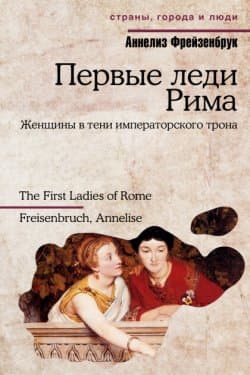
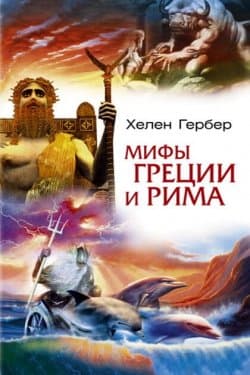 Мифы Греции и Рима
Мифы Греции и Рима 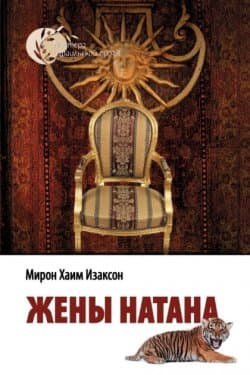 Жены Натана
Жены Натана 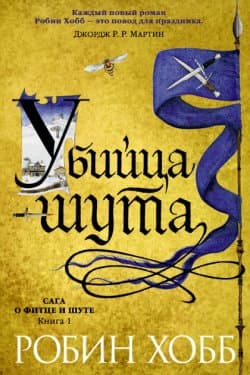 Убийца Шута
Убийца Шута  Диковинные друзья
Диковинные друзья  Ты, как снег на голову
Ты, как снег на голову 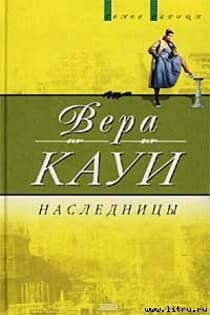 Наследницы
Наследницы 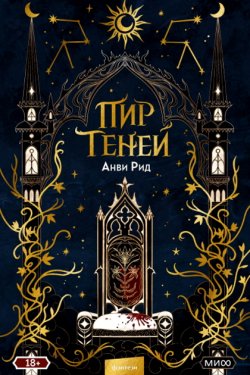 Пир теней
Пир теней  Князь во все времена
Князь во все времена  Когда порвется нить
Когда порвется нить  Пока я здесь
Пока я здесь 



